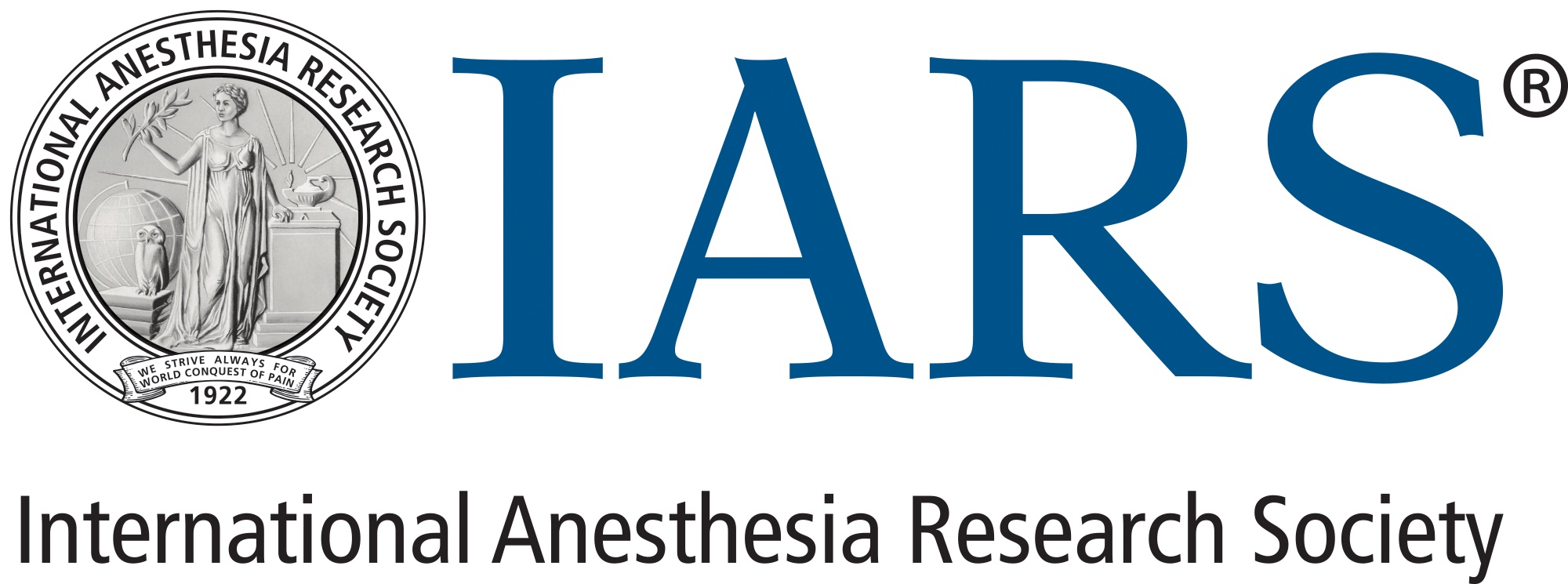Review by the SAB
These authors are troubled by existing data related to true incidence, etiopathology, and its management with Covid-19. A heterogeneous report, with respect to population size, location, severity of illness, and definitions of acute kidney injury (AKI), show a wide range of rates of AKI occurrence in patients, from 1-46% and an equally wide percentage range of patients who were treated with kidney replacement therapy (KRT) (10-35%). Most patients with KRT were in the ICU (data was from the UK, Ireland, Italy, China, and the USA) and it has overwhelmed the nephrology services the world over. Potential explanations for these differences include the prevalence of co-morbid conditions and heterogeneity along racial and ethnic lines, local institutional policies about KRT timing, the use of extracorporeal KRT beyond classical “nephrological” indications. Using AKI as defined by “the 2019 Kidney Diseases: Improving Global Outcomes Consensus Conference” may standardize the whole process (a work in progress?). Mode of injury is also noted to be multifactorial. Though the link between AKI and poor outcomes is clear, prevalence and outcomes of COVID-19 in patients with chronic kidney disease and end-stage kidney disease has not yet been reported. In patients on immunosuppression like those with kidney transplants or glomerular disease, COVID-19 has presented a management dilemma.
International Anesthesia Research Society


